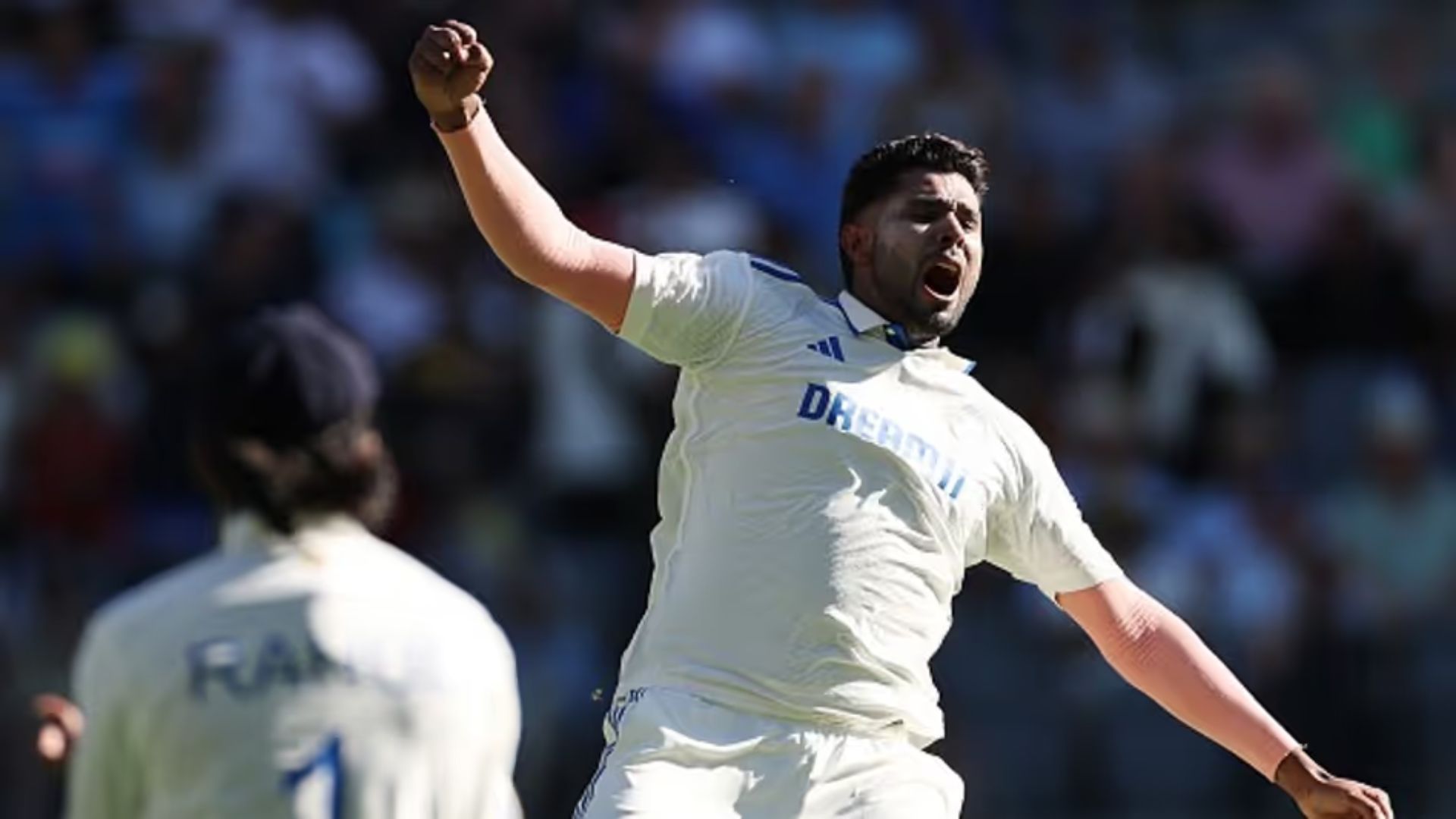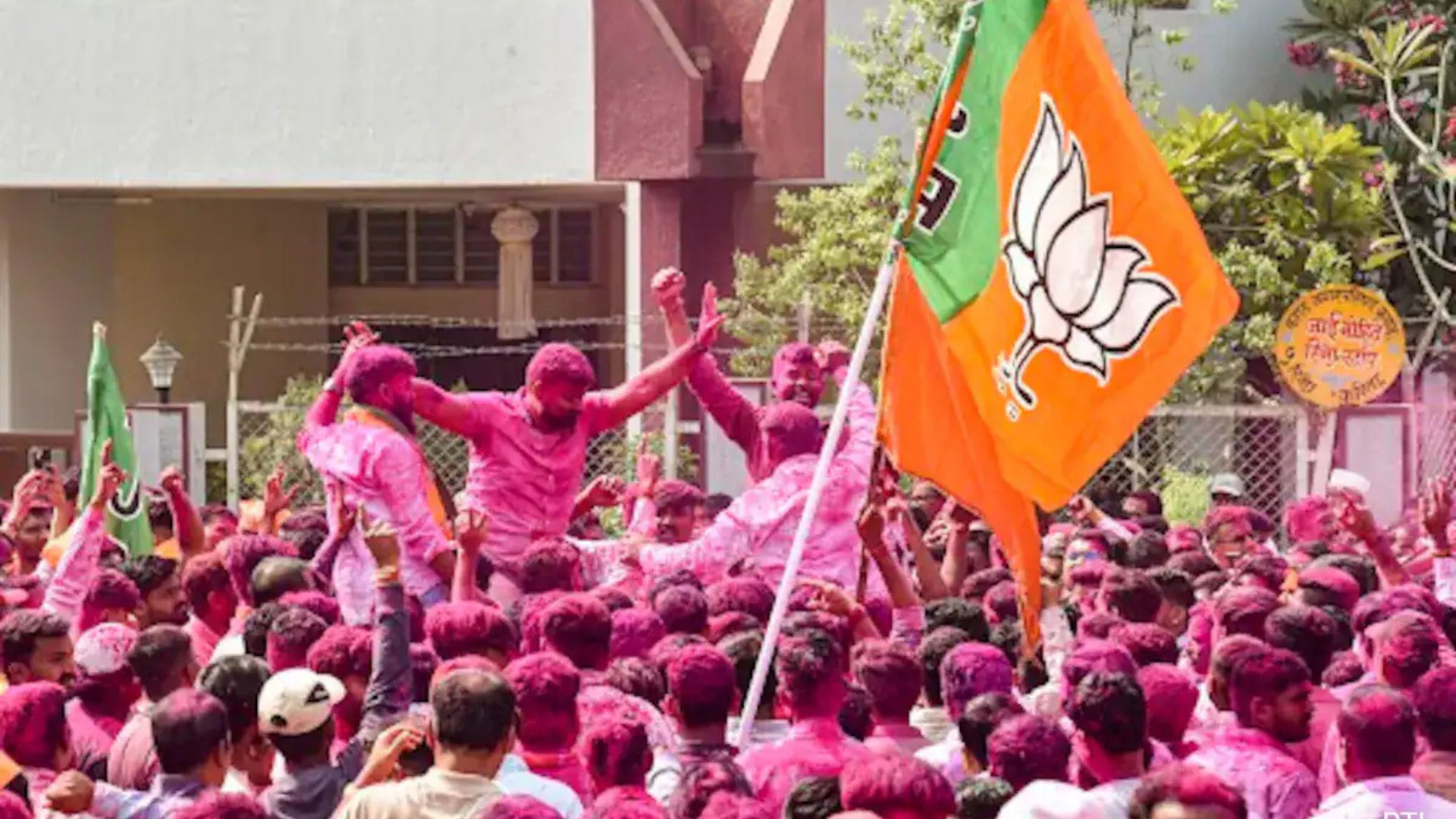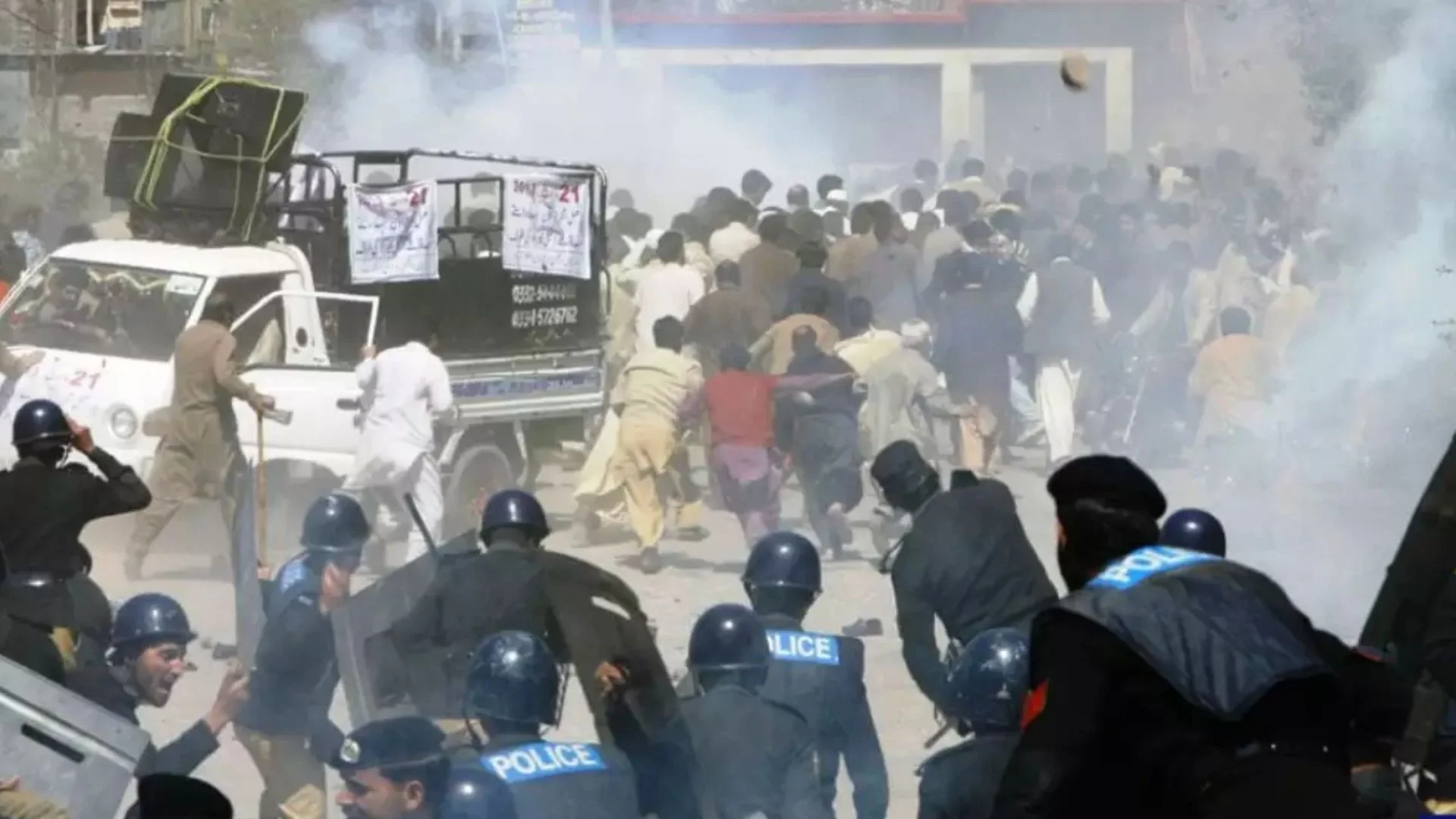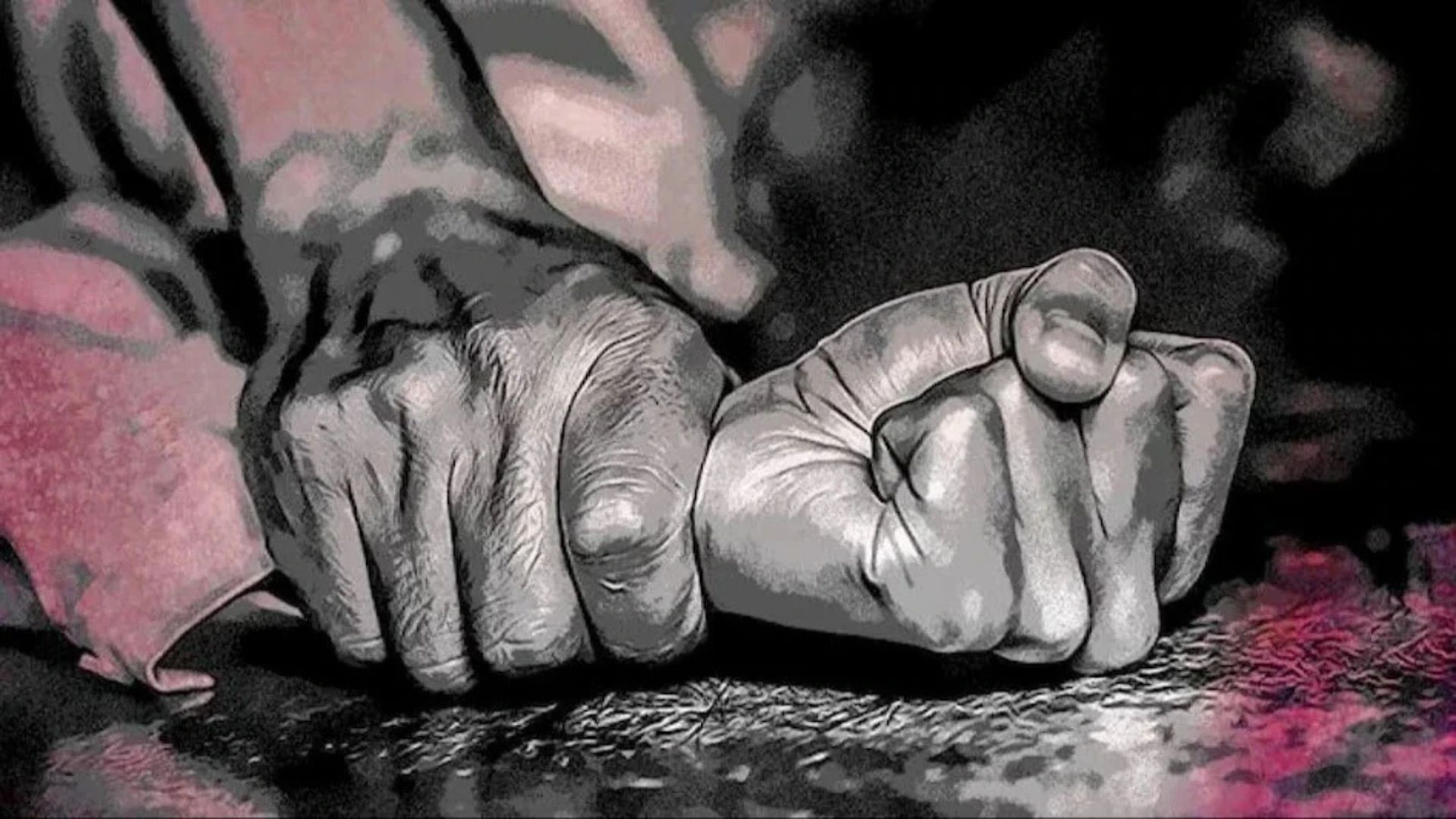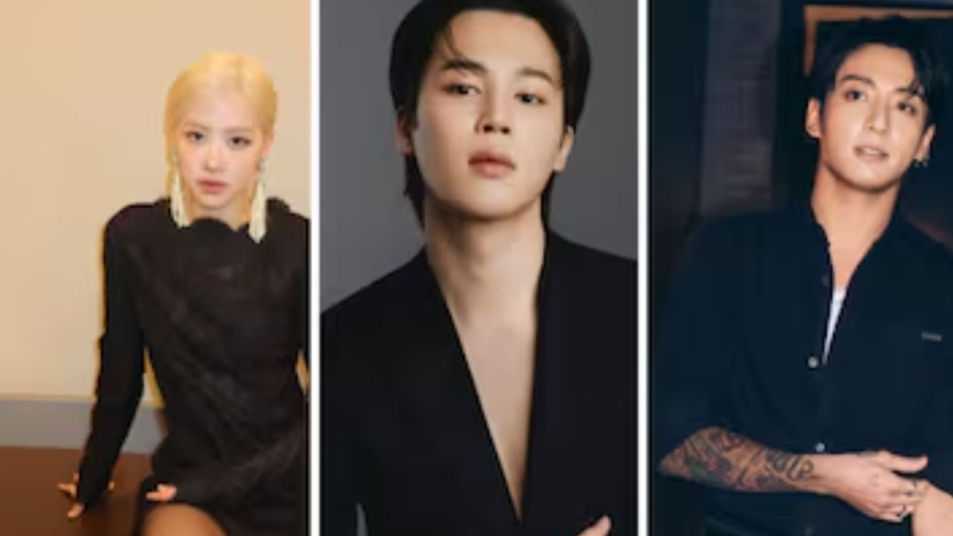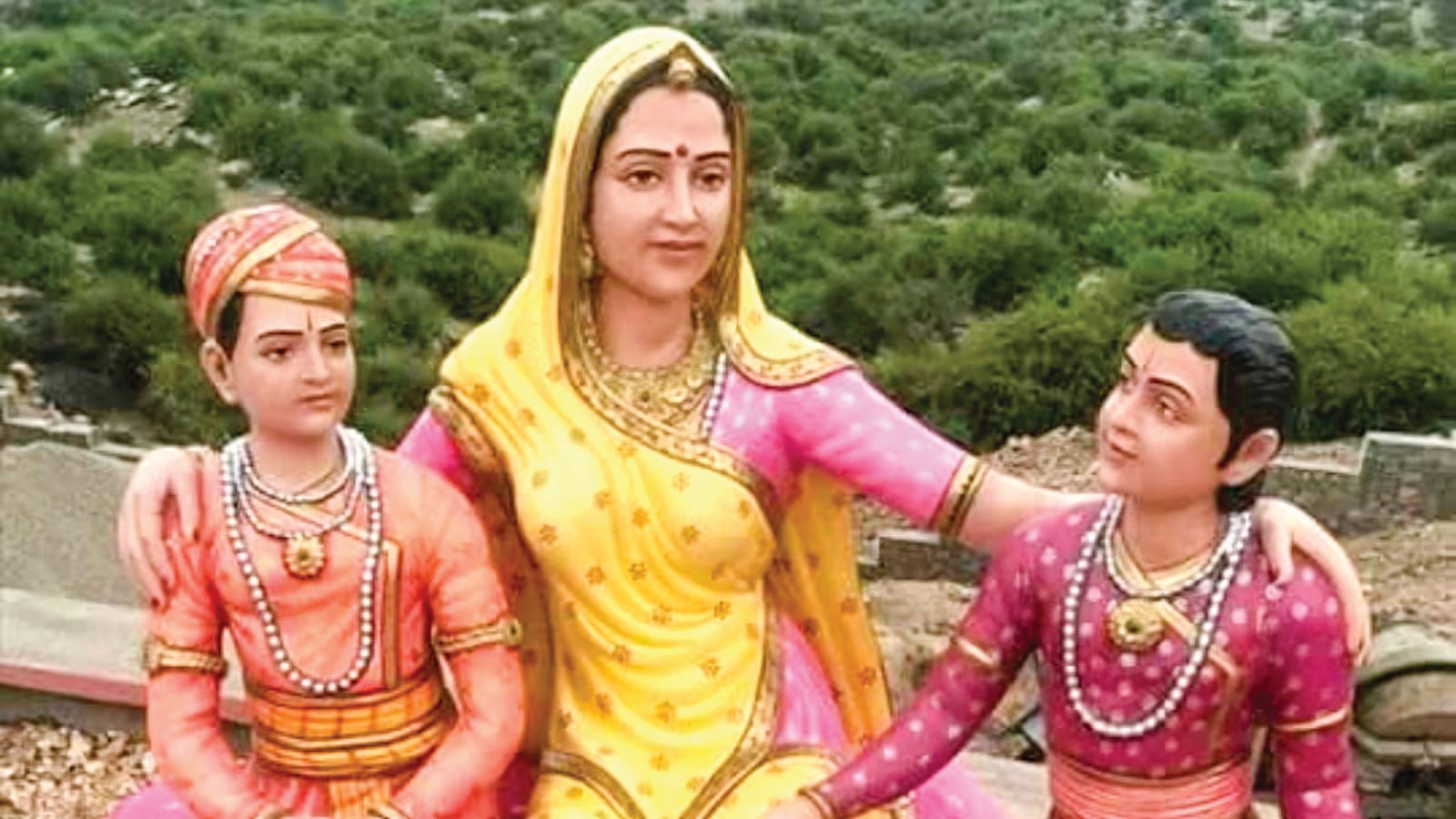
The status of women in India has undergone many changes throughout the country’s recorded history. In ancient India, particularly during the Vedic period, women enjoyed considerable rights and a position of respect in society. They were educated, allowed to participate in religious ceremonies, and had the freedom to choose their life partners. However, their position began to deteriorate early in India’s later ancient period, especially in the Indo-Aryan-speaking regions, as patriarchal norms started to dominate society. Their subordination was further reinforced during the medieval period, particularly under foreign invasions, with the introduction of practices like purdah (veiling) and jauhar (self-immolation to avoid capture). This decline continued well into India’s early modern period, where customs and traditions continued to constrain women’s roles. Women of our country possess certain exceptional traits that have made them stand out from the rest of the world.
The tales of resilience, courage and self-respect echo in the history of Rajasthan. From Panna Dhai to Rani Padmini our state has seen a number of women who have sacrificed their lives to uphold their dignity, self-respect and values.
Language shapes our worldview, often reinforcing societal norms and biases. The term “one-man army” is a prime example of how gendered language reflects a history dominated by male-centric narratives. Used to describe individuals displaying immense strength and courage, the phrase overlooks the countless women throughout history who have also embodied these traits. Historical figures like Rani Lakshmibai, who fearlessly led her forces during India’s First War of Independence in 1857, and Razia Sultana, the only female ruler of the Delhi Sultanate, are vivid examples of women whose contributions have often been overlooked or undervalued in male-dominated narratives.
India is home to several women leaders and fighters who have left an enduring mark on the country’s historical, social, political, and cultural landscape, as well as in business and literature. This diverse group includes pioneers like Indira Gandhi, Nirmala Sitharaman, Mary Kom, and Arundhati Roy. These women are not only beacons of hope and resilience for millions of young girls in the country and around the world but also reflect the prowess of India’s achievements on the global stage. Their stories of resilience, determination, and ground-breaking accomplishments continue to inspire generations and shape the narrative of women’s empowerment in India.
The status of women in India is strongly connected to family relations. Historically, this connection was codified in ancient legal texts like the Manusmriti, which prescribed the roles of women within the family and society. In India, the family is considered crucially important, and in most of the country, the family unit is patrilineal. Families are usually multi-generational, with the bride traditionally moving to live with her in-laws. These families are hierarchical, with elders having authority over younger generations, and men holding authority over women. While the vast majority of marriages in India are monogamous (one husband and one wife), both polygyny and polyandry have had traditions among certain populations in India. Weddings in India, historically viewed as an essential social institution, can be quite expensive, and most marriages are arranged.
Regarding dress, a sari (a long piece of fabric draped around the body) and salwar kameez are commonly worn by women all over India. These traditional attires have deep historical roots, with the sari being worn as far back as the Indus Valley Civilization, symbolizing the enduring cultural heritage of Indian women. A bindi is part of a woman’s make-up. Contrary to common belief, the bindi on the forehead does not signify marital status; however, the sindoor does, a tradition rooted in ancient rituals that signified the sanctity of marriage.
The Hindi film industry has had a significant impact on the portrayal of women in Indian society. Historically, early films from the pre-independence era often depicted women as subservient to male characters, reflecting the societal attitudes of the time. However, in recent decades, films have increasingly portrayed women as strong, independent, and capable of making their own choices, offering audiences a vision of gender equality. These films have contributed to reshaping societal perceptions of women’s roles, moving away from traditional stereotypes toward a more progressive outlook.
Despite such contributions, our language still lacks widespread recognition of women’s strength. While phrases like “one-man army” have persisted, it is time we acknowledge the resilience of historical and contemporary women by using terms like “one-woman army” or adopting gender-neutral alternatives. Women like Ahilyabai Holkar, who ruled the Maratha kingdom with unparalleled wisdom and grace, and Sarojini Naidu, who was a freedom fighter and the first woman to become president of the Indian National Congress, exemplify the power and capability of women throughout history.
By changing the way, we speak, we can honour the legacy of these women and contribute to a more inclusive narrative. Heroes from the past deserve equal recognition, and rethinking the words we use is a critical step toward dismantling gender biases and celebrating the strength of women in history and today.
